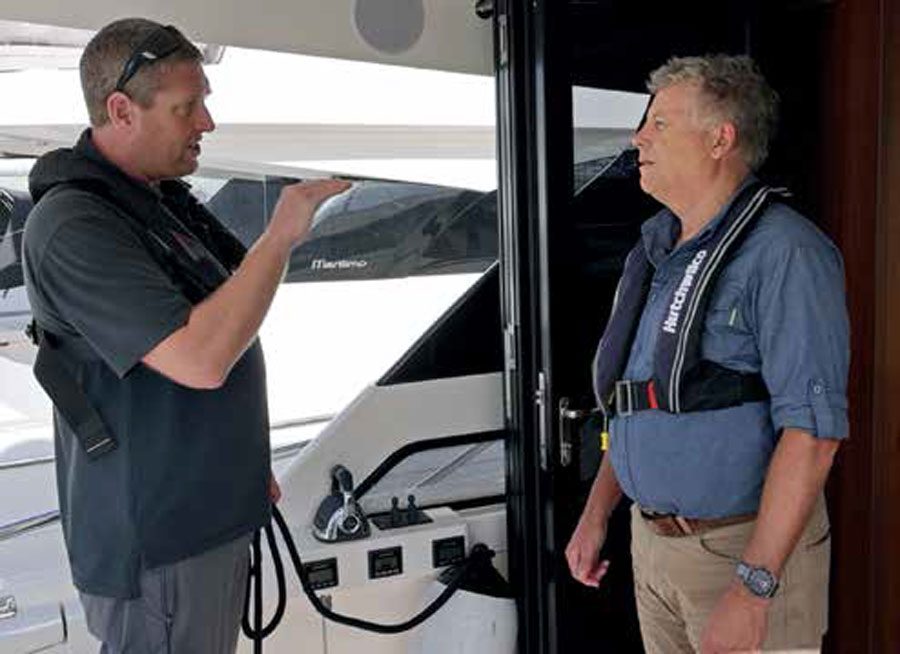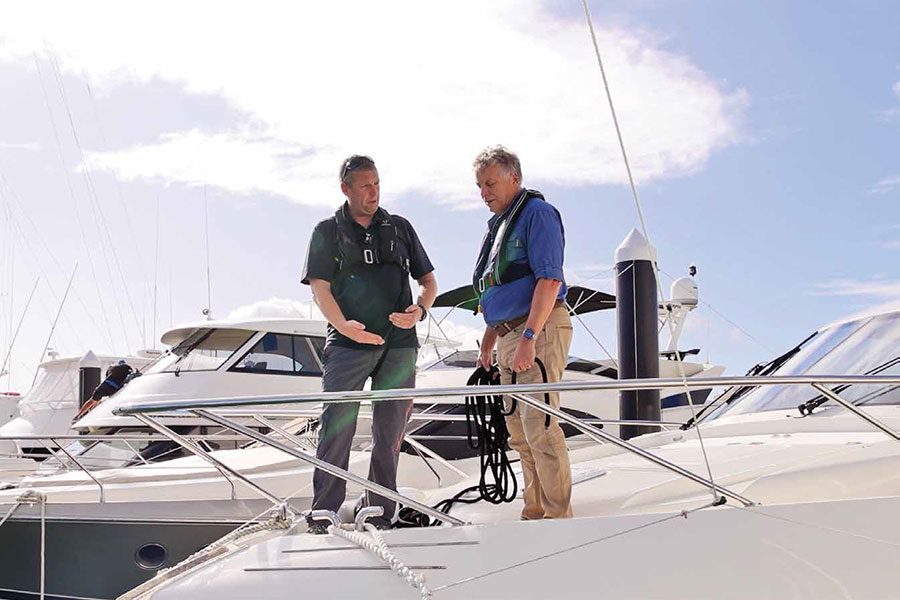

Been to the boat ramp recently and heard the shouting and hollering as a flustered, bewildered looking crew leaps ashore with a line, frantically looking for something to tie it to? That would be the result of a poor crew briefing – or a complete lack thereof.
Crew briefings are essential components for stressfree docking. Sending an informed crew member to undertake a task will result in far better outcomes than last-minute barking ever will.
The briefing should cover many components.
I break the crew brief into two parts: the standing orders (which are essentially the boat rules); and the dynamic brief, which changes from situation to situation.
The list is not exhaustive but provides a good starting point.
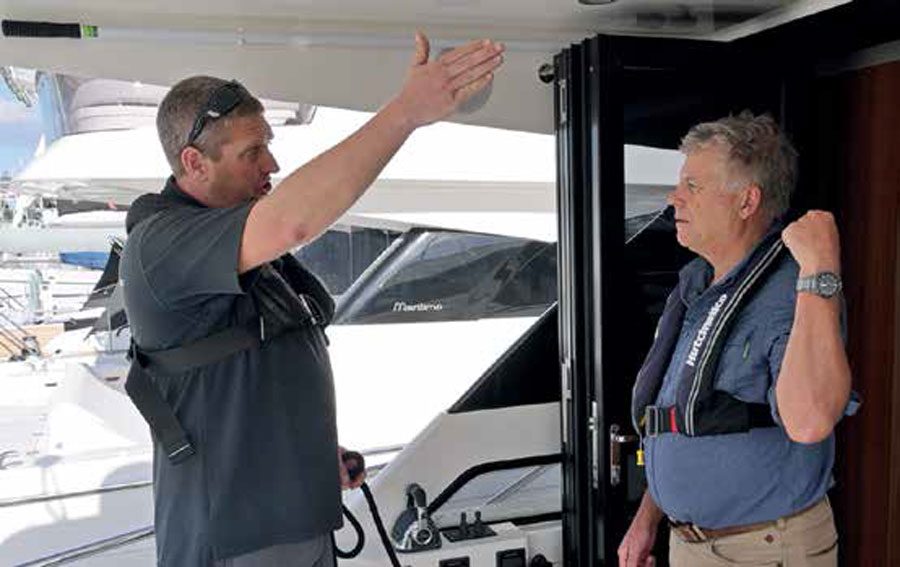

STANDING ORDERS
1. How to use the emergency equipment and what to do in case of skipper incapacitation
2. The life jacket policy
3. How to use any relevant ancillary equipment onboard, such as toilets, televisions etc
4. Where people should and should not be whilst the boat’s making way
5. How to secure to a cleat, coil a line and basic safety when working with ropes/lines
6. How to use fenders and boat hook
7. The importance of not jumping off the boat before it’s secured alongside
8. If it’s a large vessel, establish hand signals to communicate distance/length
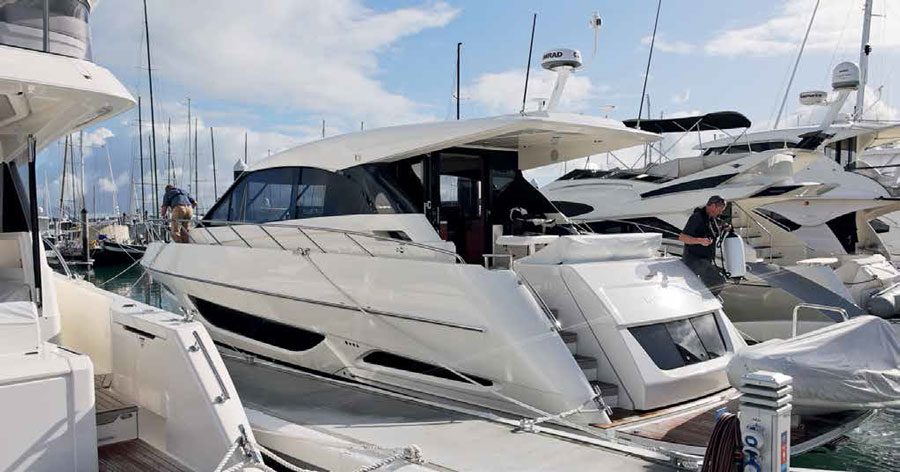
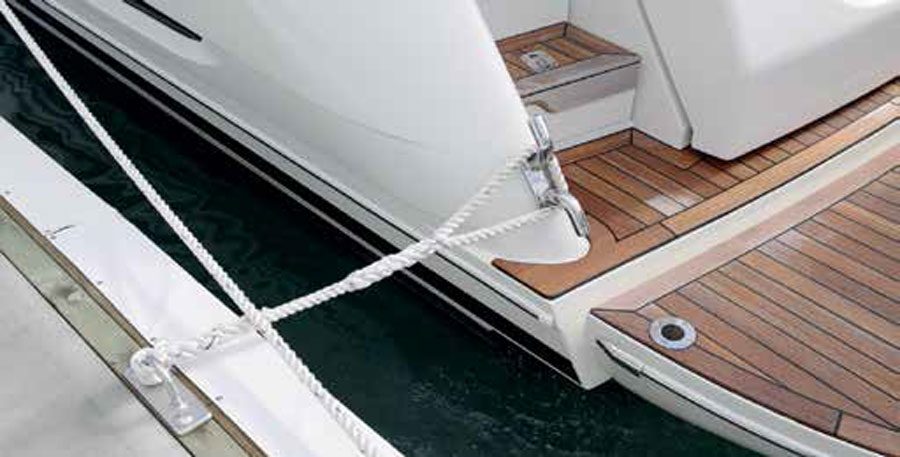
DYNAMIC BRIEF
A. Identify the cleats to be secured to and in which order B. Explain your concerns to the crew and what you intend to do if things don’t work out as planned
C. Reassure crew that if they make any mistakes, it’s ok and you’ll do a go-around
D. To prevent digit dissection, ensure that crew show you the palms of their hands, indicating they’re clear of cleats/ bollards, before engaging gear!
